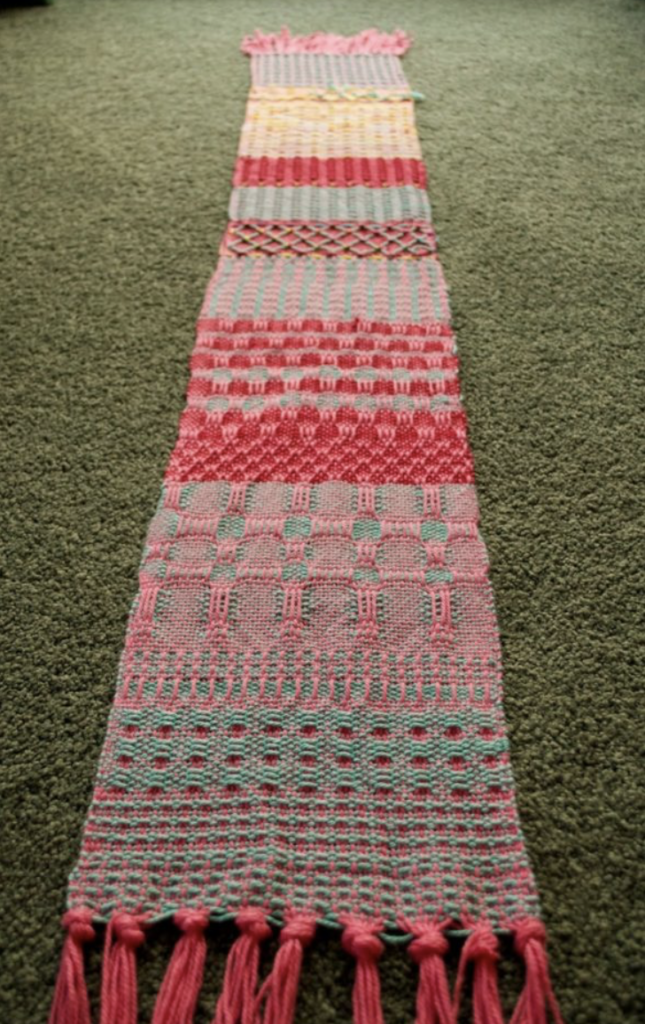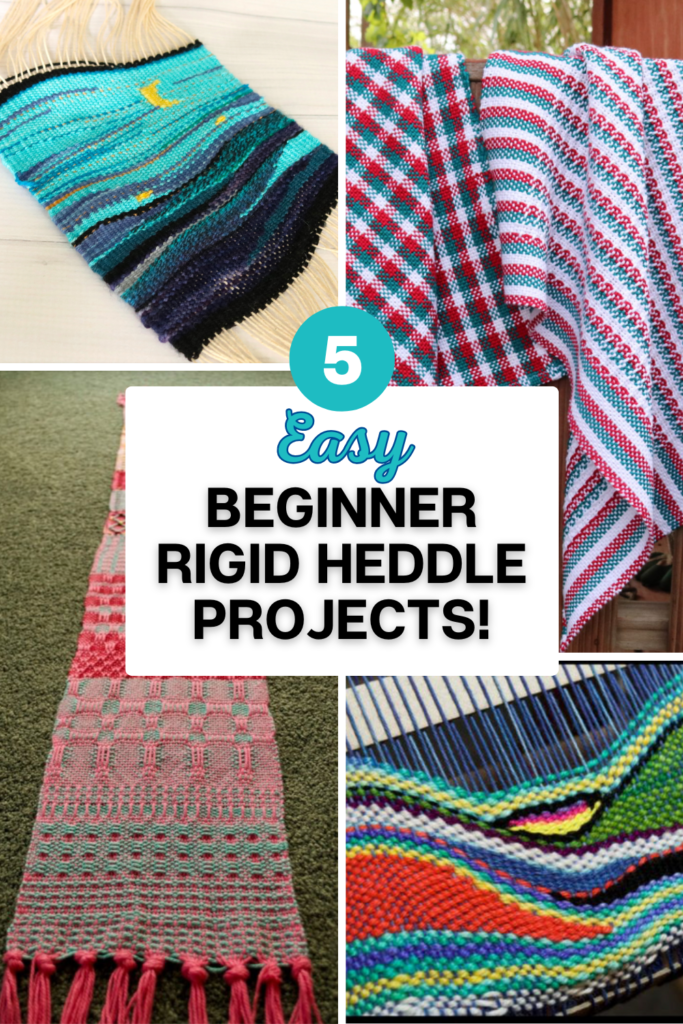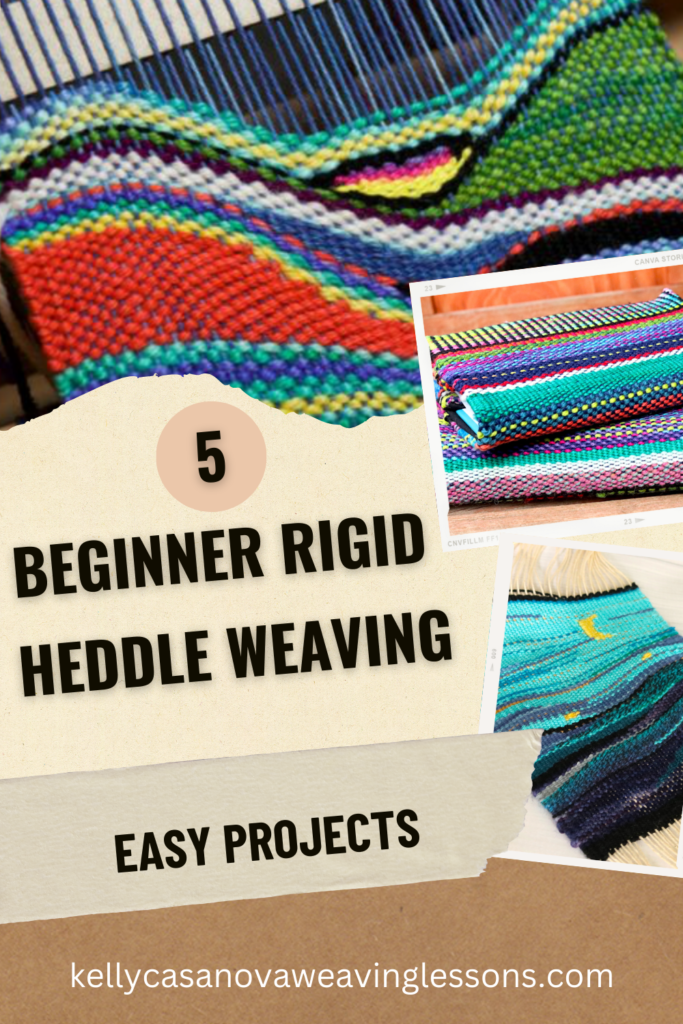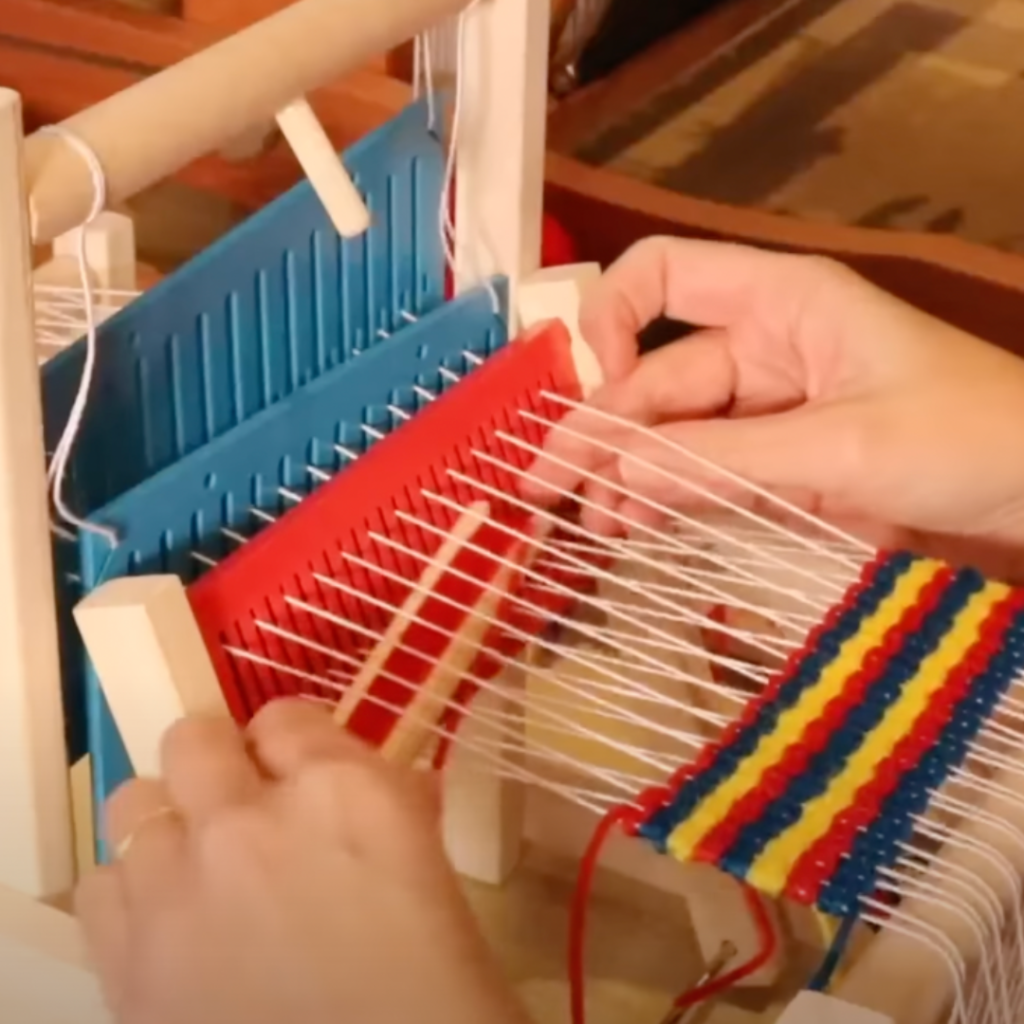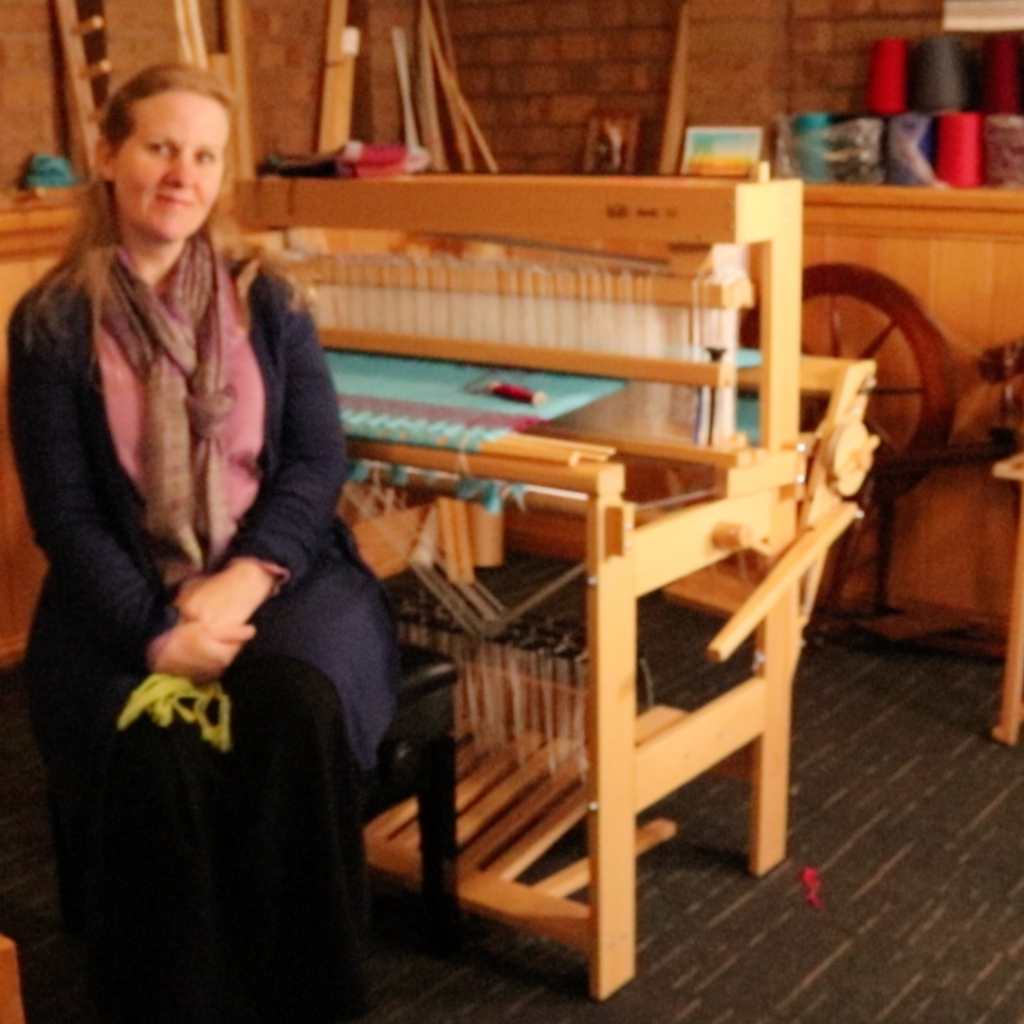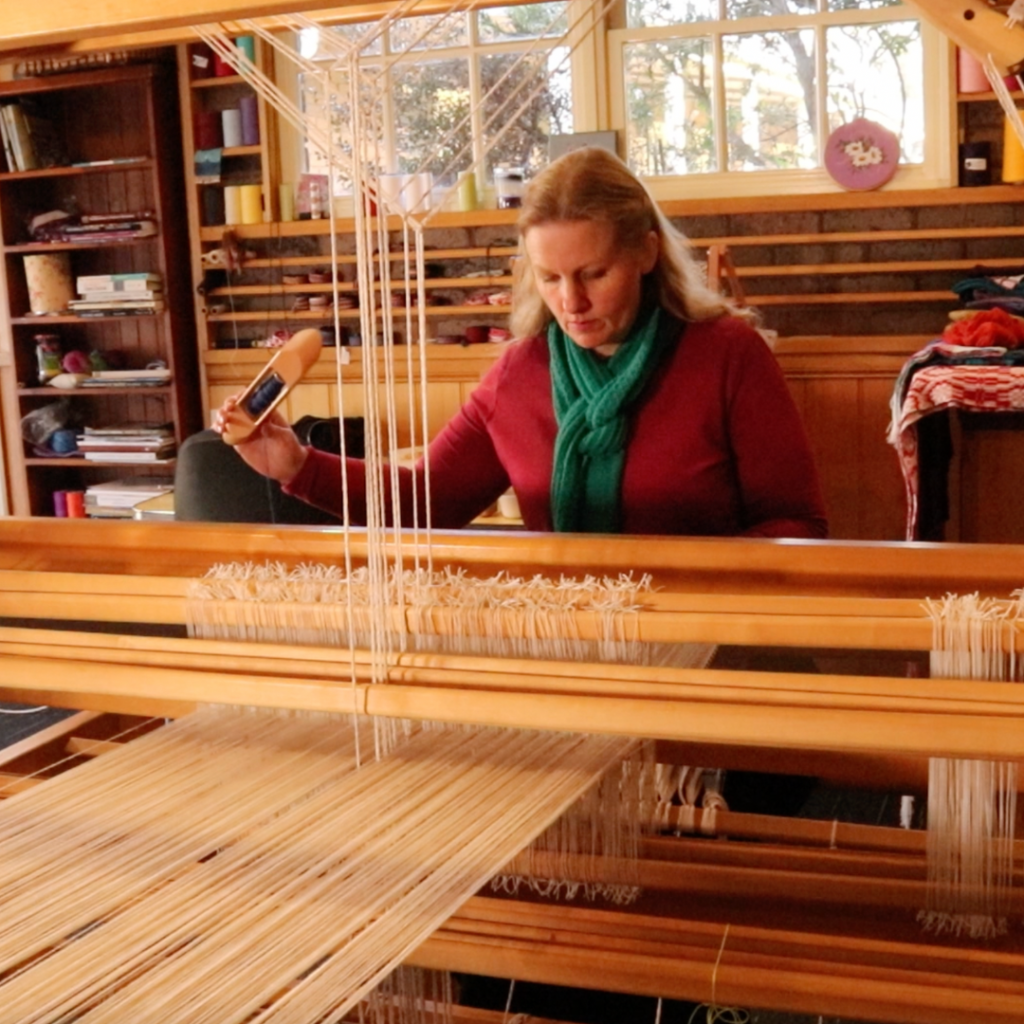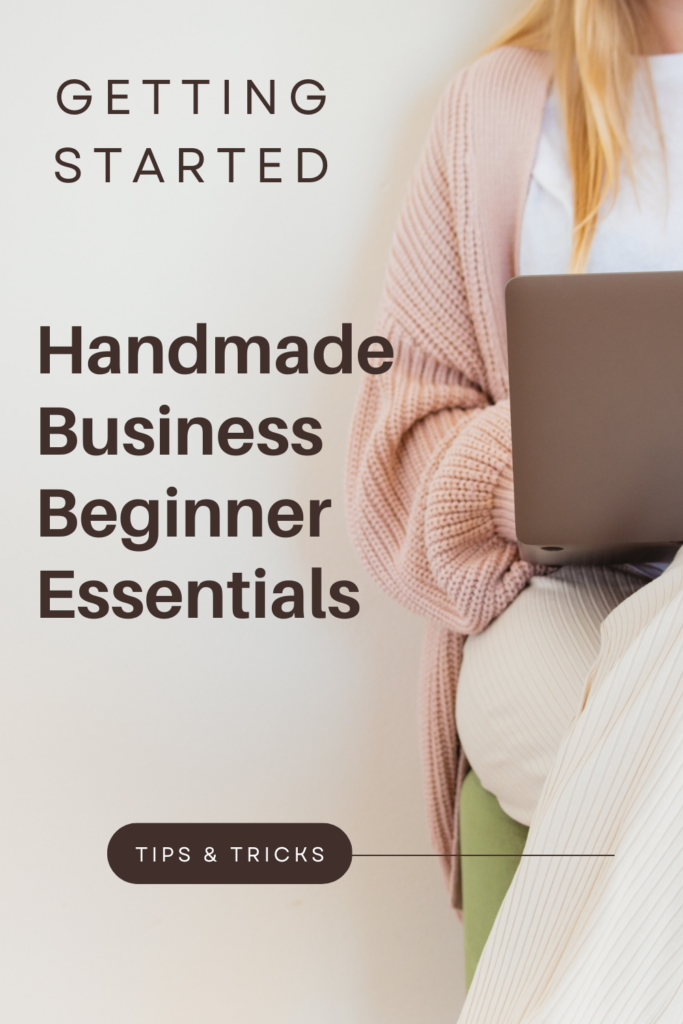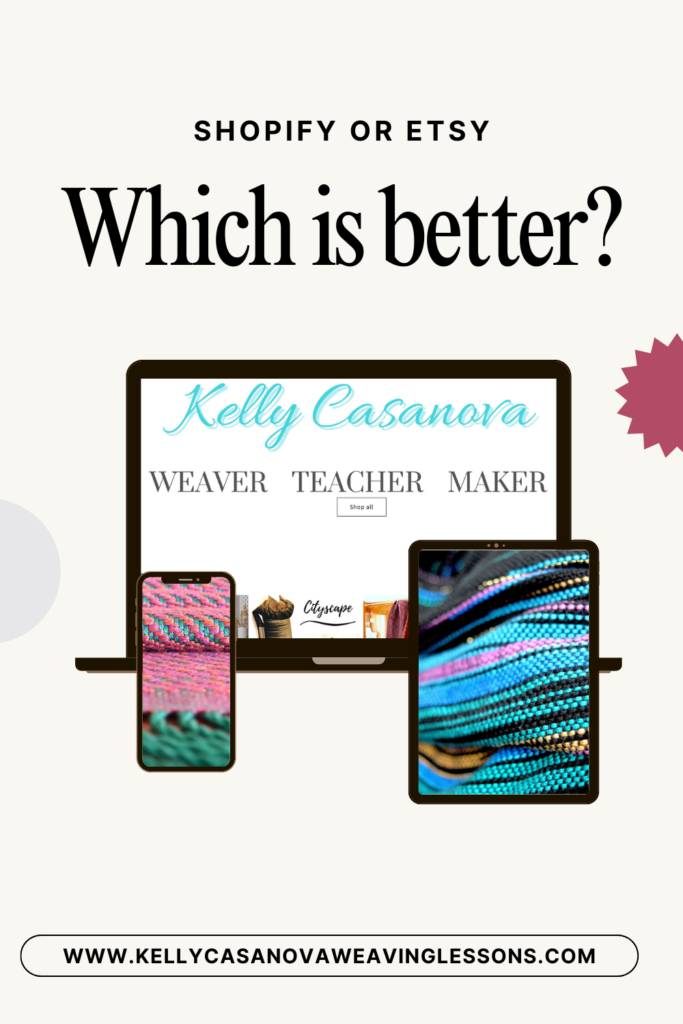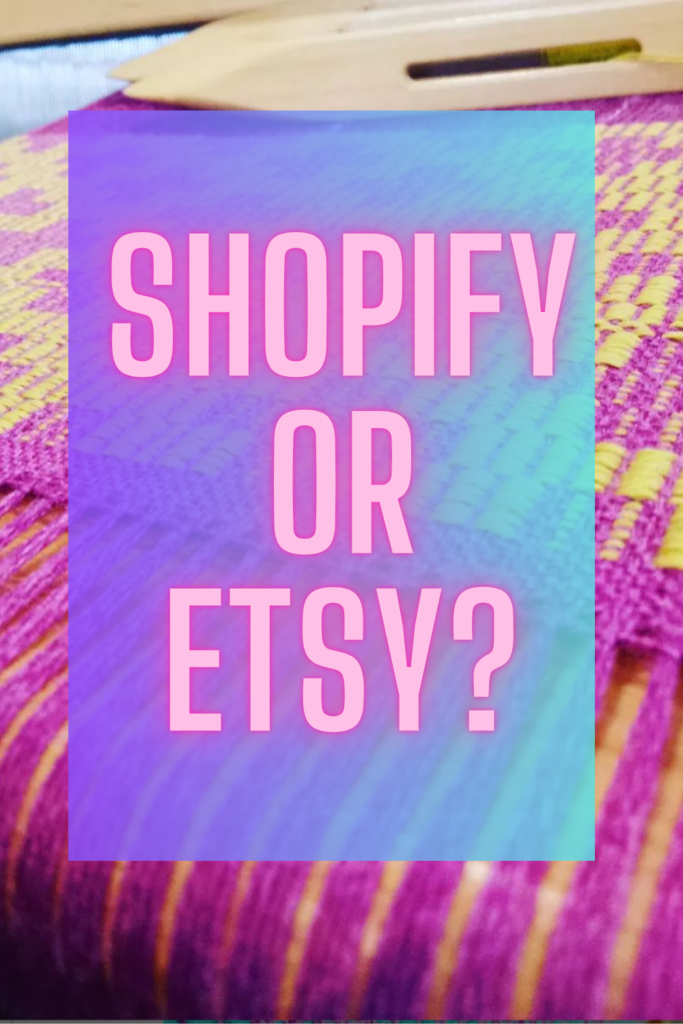You’ve seen the Weavers Gift Guide for this year, but how about sharing the joy of weaving with the next generation?
I have never met a child who was not interested in having a go at weaving. It may start with them looking over your shoulder to see what you’re doing. Or they see a loom and just have to know what that is and how it works.
Children are the perfect weaving students because they are so naturally curious (how about we learn from that and remember that curiosity that lead us to discover so many wonderful things as a child?)
Kids also learn really quickly! Have you noticed that it’s more difficult to learn new things as you get older?
If you are a parent of a younger child, a grandparent, a relative, and educator or you just happen to have children in your life, don’t deprive them of the joy you experience from weaving – share it!
Here are some gift ideas to get the kids in your life interested in weaving or to help introduce them to weaving concepts:
- Lacing toys or cards
My kids absolutely loved lacing activities when they were young. Lacing may not be the first skill you think of when thinking about weaving, but it makes perfect sense.
Lacing is wonderful for helping develop fine motor skills, hand eye co-ordination and problem solving. It also helps a child to gain confidence when they can finish a lacing. They can start with a super simple one and move their way up (only if they enjoy the activity, of course!)
There are so many fun lacing toys available now. I wish that these cute little sets were available when my kids were young!

As well as wooden toys, there are also lacing cards available. I found this Hungry Caterpillar set which looks really fun and who doesn’t love Eric Carle’s Very Hungry Caterpillar?
2. Potholder/Pin loom
These little looms are great for kids as they are a very simple set up and come with everything you need to weave squares or potholders. A kit like this one has plenty of ready made craft loops to start weaving right away as well as a box to keep all the pieces in.
If you’re not a fan of plastic looms, there are also metal potholder looms available and these obviously would be longer lasting.
If you enjoy hand making gifts, you may be interested in making a potholder loom. This is a very basic and affordable project, check out my instruction project here.
Speaking of hand making a loom, did you know you can weave with some basic cardboard? Learn how to do that here.

3. Simple frame loom
Simple frame looms make a great gift for kids. They are usually small, portable and affordable. The size of a loom like this can make it feel more achievable for a child.
Projects are limited to the size of the loom, but pieces of woven fabric can always be joined. A child could make small projects like doll blankets, mug rugs and bookmarks with a loom like this.
My girls used a simple frame loom and they loved digging into my yarn stash to see what colours and variety they could find.
An older child can learn to warp a loom like this on their own quite quickly.
4. Large standing frame loom
This is a slight step up from the simple frame loom already mentioned in that it is larger and comes with detachable feet so that the loom can be used upright.
I recently purchased the Melissa and Doug Multi Craft Weaving Loom to try out and let my Youtube audience know my thoughts. You can view that video here:
The main advantage of a loom like this is the versatility, it can be configured to weave smaller or larger items. I like the grooves set into the top and bottom of the loom that hold the warp in place really well – no jumping off the pegs as you’re trying to warp or weave. The grooves also allow you to tension the warp better than with some other frame looms I’ve used.
This loom kit is really geared towards children as it comes with some bright and soft rainbow yarn, extra warping yarn and printed cardboard strips for picture weaving. There is a large wooden needle for ease of weaving.
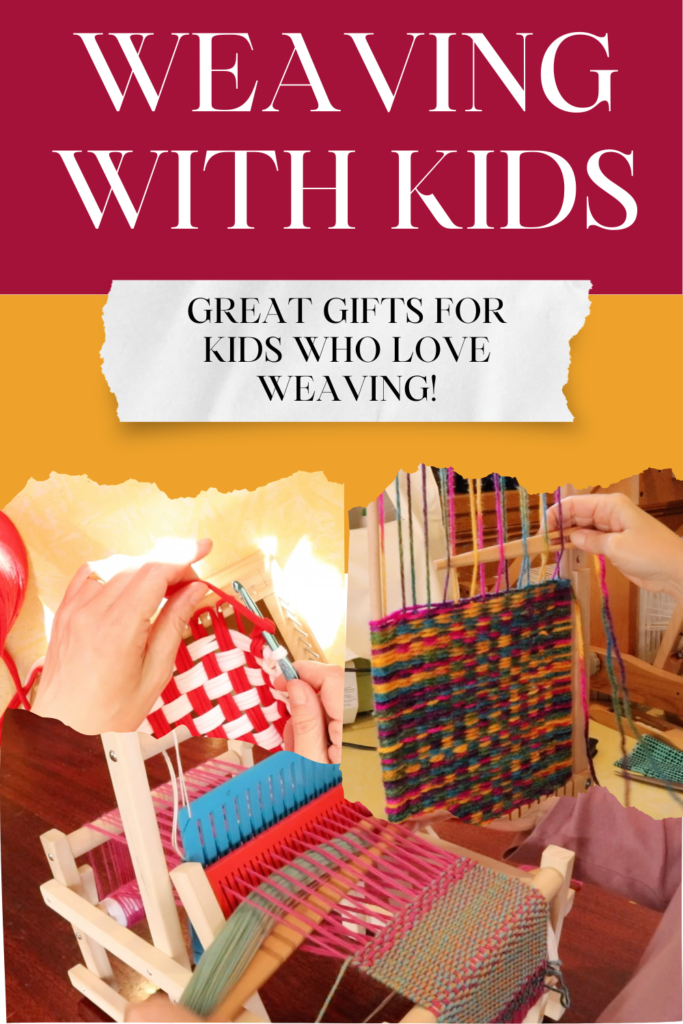
5. Lavievert toy loom
The Lavievert toy loom is a super fun option for the older child weaver. The younger child could also use it, but would need help with a number of aspects.
This is a really cool little loom and is still very much in the affordable weaving category. You can make a longer warp and there are 2 rigid heddles that are manipulated easily at the top of the loom.
The construction is still simple with this loom (it’s actually pretty ingenious!) but gives the child a more realistic loom weaving experience.
You can check out all the resources I’ve made using this loom here:
I bought a toy loom! Was it worth it?
I wove a blanket on a toy loom!
6. Rigid heddle loom
A rigid heddle loom would be perfect for the child who has shown an ongoing interest in weaving. It is a larger investment, so it would need to be a well considered gift.
I purchase a Sampleit loom for my girls when they were younger as they were always seeing me weave on my rigid heddle loom. Because my loom was always busy I thought it would be great fun for them to have a smaller version they could use whenever they wanted to.
They had a great time with the Sampleit and wove all kinds of smaller pieces with it. They loved thinking about what they wanted to weave and then designing a project from scratch.
A Sampleit would also be a great option for a weaver who has grandchildren visit. It can be tucked away without using up too much space and you have the added bonus of using it yourself when it’s not needed 😉
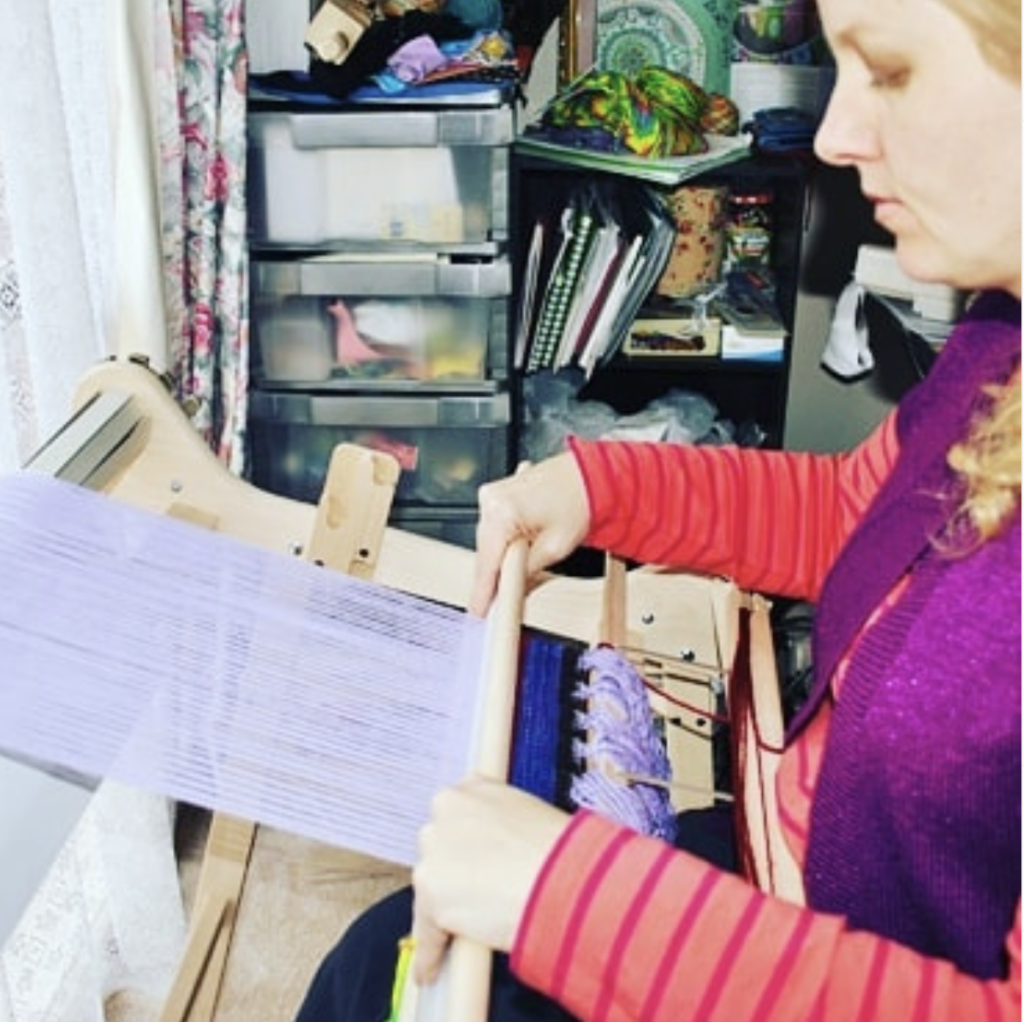
This post contains affiliate links. For further information, please see my disclosure policy.
While this weaving gift guide is aimed at children, these tools can also very much be used by adults or anyone who is interested.
I hope this has been helpful to you and if you have any questions about my gift recommendations, let me know in the comments below!
Until next time…
Happy Weaving!

